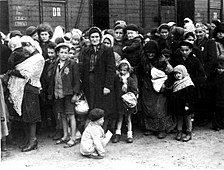
Agudath Israel of America is an American organization that represents Haredi Orthodox Jews. It is loosely affiliated with the international World Agudath Israel. Agudah seeks to meet the needs of the Haredi community, advocates for its religious and civil rights, and services its constituents through charitable, educational, and social service projects across North America.

Arthur Hertzberg was a Conservative rabbi and prominent Jewish-American scholar and activist.

Samuel Irving Rosenman was an American lawyer, judge, Democratic Party activist and presidential speechwriter. He coined the term "New Deal", and helped articulate liberal policies during the heyday of the New Deal coalition. He was the first person to hold the position of White House Counsel.

Stephen Samuel Wise was an early 20th-century American Reform rabbi and Zionist leader in the Progressive Era. Born in Budapest, he was an infant when his family immigrated to New York. He followed his father and grandfather in becoming a rabbi, serving in New York and in Portland, Oregon. Wise was also a founding member of the NAACP.
World Agudath Israel, usually known as the Aguda, was established in the early twentieth century as the political arm of Ashkenazi Torah Judaism. It succeeded Agudas Shlumei Emunei Yisroel in 1912. Its base of support was located in Eastern Europe before the Second World War but, due to the revival of the Hasidic movement, it included Orthodox Jews throughout Europe. Prior to World War II and the Holocaust, Agudath Israel operated a number of Jewish educational institutions throughout Europe. After the war, it has continued to operate such institutions in the United States as Agudath Israel of America, and in Israel. Agudath Israel is guided by its Moetzes Gedolei HaTorah in Israel and the USA.
The Union of Orthodox Rabbis of the United States and Canada (UOR), often called by its Hebrew name, Agudath Harabonim or Agudas Harrabonim ("union of rabbis"), was established in 1901 in the United States and is the oldest organization of Orthodox rabbis in the United States. It had been for many years the principal group for such rabbis, though in recent years it has lost much of its former membership and influence.

Baruch Aaron "Bernard" Poupko born in Velizh, Russia, to Rabbi Eliezer and Pesha Poupko, was an American scholar, author, and lecturer.
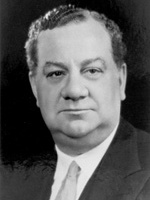
William Warren Barbour was an American Republican Party politician who represented New Jersey in the United States Senate from 1931 to 1937 and again from 1938 until his death in office in 1943. He was also a business leader and amateur heavyweight boxing champion in both the United States (1910) and Canada (1911).

Hillel Kook, also known as Peter Bergson, was a Revisionist Zionist activist and politician.

Avraham Haim Yosef (Avi) haCohen Weiss is an American Open Orthodox ordained rabbi, author, teacher, lecturer, and activist who led the Hebrew Institute of Riverdale in The Bronx, New York until 2015. He is the founder of Yeshivat Chovevei Torah for men and Yeshivat Maharat for women, rabbinical seminaries that are tied to Open Orthodoxy, a breakaway movement that Weiss originated, which is to the left of Modern Orthodox Judaism and to the right of Conservative Judaism. He is co-founder of the International Rabbinic Fellowship, a rabbinical association that is a liberal alternative to the Orthodox Rabbinical Council of America, and founder of the grassroots organization Coalition for Jewish Concerns – Amcha.

Eliezer Silver was the President of the Union of Orthodox Rabbis of the U.S. and Canada and among American Jewry's foremost religious leaders. He helped save many thousands of Jews in the Second World War and held several Rabbinical positions in New York, Pennsylvania, Massachusetts and Ohio.

The history of the Jews in North Macedonia stretches back two thousand years, beginning during Roman antiquity, when Jews first arrived in the region. Today, following the Holocaust and emigration, especially to Israel, around 200 Jews remain in North Macedonia, mostly in the capital, Skopje and a few in Štip and Bitola.
The Abandonment of the Jews: America and the Holocaust 1941–1945 is a 1984 nonfiction book by David S. Wyman, former Josiah DuBois professor of history at the University of Massachusetts Amherst. Wyman was the chairman of the David S. Wyman Institute for Holocaust Studies. The Abandonment of the Jews has been well received by most historians, and has won numerous prizes and widespread recognition, including a National Jewish Book Award, the Anisfield-Wolf Award, the Present Tense Literary Award, the Stuart Bernath Prize from the Society for Historians of American Foreign Relations, and the Theodore Saloutos Award of the Immigration History Society, and was nominated for the National Book Critics Circle Award."

David H. Kranzler was an American professor of library science at Queensborough Community College, New York, who specialized in the study of the rescue of Jews during the Holocaust.
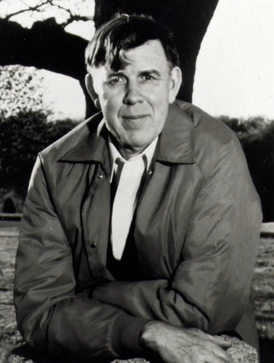
David Sword Wyman was the Josiah DuBois professor of history at the University of Massachusetts, Amherst.
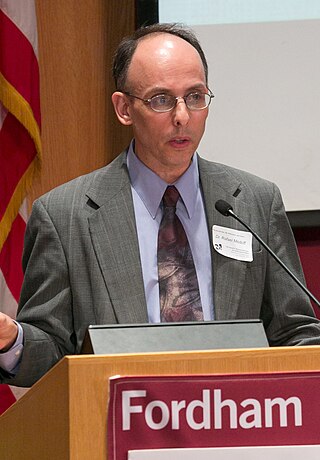
Rafael Medoff (born c. 1959) is an American professor of Jewish history and the founding director of The David Wyman Institute for Holocaust Studies, which is based in Washington, D.C. and focuses on issues related to America's response to the Holocaust.
American Jewish Conference was an ad hoc organization that first met in Pittsburg in January 1943, and had its first official conference in August that year. The initial meeting included delegates from thirty-two national Jewish organizations. It was called to decide upon the role that the American Jewish community would play in representing Jewish demands after the war and helping to build Jewish Palestine. The result was the creation of the American Jewish Conference, which consisted of sixty-four Jewish groups, including American Jewish Committee; it constituted the most representative gathering of American Jews ever.
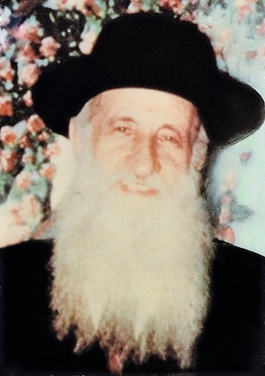
Avraham Kalmanowitz was an Orthodox rabbi and rosh yeshiva (dean) of the Mir yeshiva in Brooklyn, New York from 1946 to 1964. Born in Russian empire, he served as rabbi of several Eastern European Jewish communities and escaped to the United States in 1940 following the German occupation of Poland. In the U.S. he was an activist for the rescue of the millions of Jews trapped in Nazi-ruled Europe and in the Soviet Union. He arranged the successful transfer of the entire Mir yeshiva from Lithuania to Shanghai, providing for its support for five years, and obtaining visas and travel fare to bring all 250 students and faculty to America after World War II. He established the U.S. branch of the Mir in 1946. In the 1950s he aided North African and Syrian Jewish youth suffering from persecution and pogroms, and successfully lobbied for the passage of a bill granting "endangered refugee status" to Jewish emigrants from Arab lands.
Zvi Hirsch Koretz, also written as Tzevi or SeviKoretz, was an Ashkenazi Jew who served as the Chief Rabbi of Saloniki's Jewish community from 1933 to 1945. His role as president of the Judenrat during World War II has been called into controversy, with many accusing him of being a Nazi collaborator.
